What I’m Doing at Kirkus This Week,
Plus What I Did Last Week, Featuring S. D. Nelson
 Thursday, June 28th, 2012
Thursday, June 28th, 2012
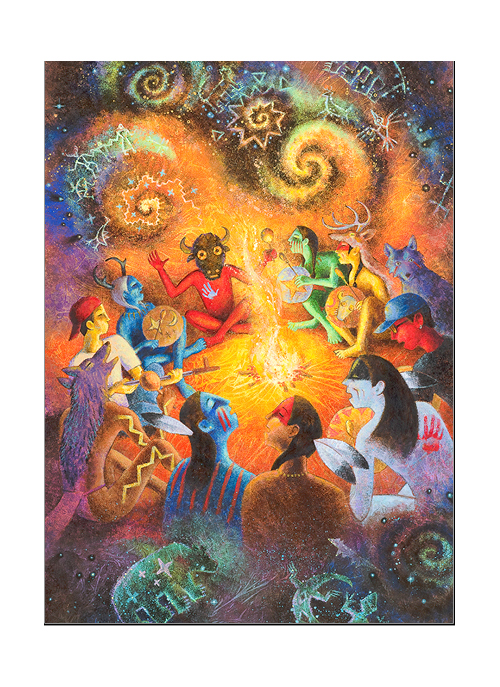
“Come, coyote brothers. Together we will sing up the stars.
Yes, we will sing up the moon.”
This morning over at Kirkus, I’ve got a Q & A with author Mac Barnett, whose early Spring picture book, Extra Yarn (Balzer + Bray), illustrated by Jon Klassen, was just awarded the 2012 Boston Globe-Horn Book Award in the Picture Book category. That link is here.
Mac says something over there about picture books, about “shaggy stories,” that I like so much that I might just hug his neck if I ever meet him.
And tomorrow, I’ll have a chat with illustrator Yuyi Morales. Amy Novesky’s Georgia in Hawaii (Harcourt), which Yuyi illustrated, was also named a Boston Globe-Horn Book Nonfiction Honor Book just a few weeks ago. That Q & A will be here Friday morning.
As always, next week here at 7-Imp, I’ll follow up with art art and more art.
Last week I wrote about Walking on Earth & Touching the Sky: Poetry and Prose by Lakota Youth at Red Cloud Indian School (Abrams, April 2012), edited by Timothy P. McLaughlin. That link is here, if you want to learn more about the book, and today I’ve got some of S. D. Nelson’s beautiful artwork, as well as some poetry and prose from the book.

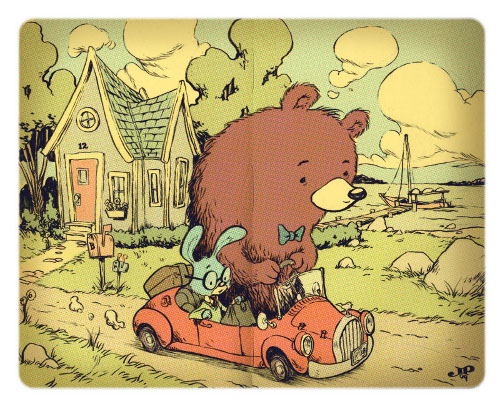
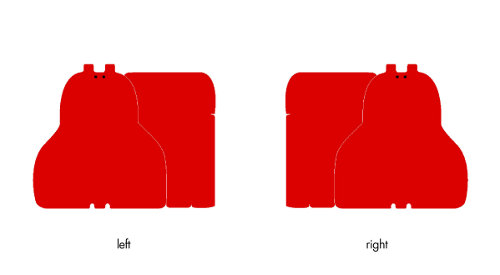


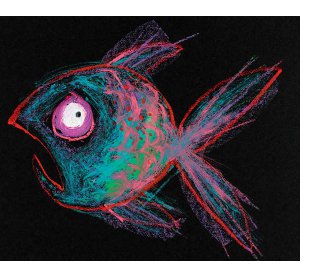 If you want to read the rest of what she wrote, it’s
If you want to read the rest of what she wrote, it’s 
 This morning, the tables are turned.
This morning, the tables are turned. 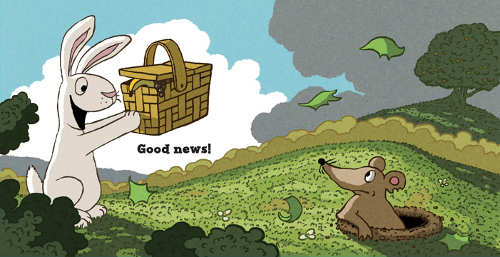
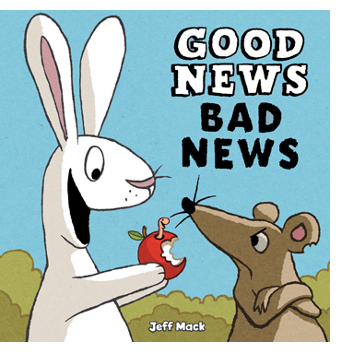 “Newly fledged readers should be amused by the early-Muppet–style humor,” wrote the Kirkus review. “The comic-book pacing keeps each separate ‘chapter’ fresh and funny, and the sunny palette keeps the tone light, even as the fly gets snaggled, over and over.”
“Newly fledged readers should be amused by the early-Muppet–style humor,” wrote the Kirkus review. “The comic-book pacing keeps each separate ‘chapter’ fresh and funny, and the sunny palette keeps the tone light, even as the fly gets snaggled, over and over.” 
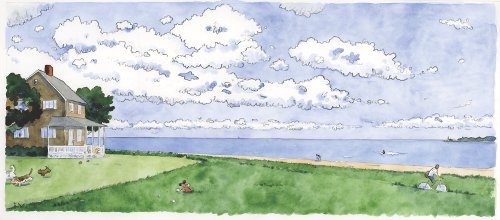
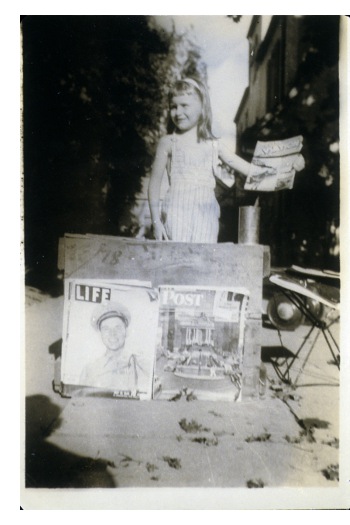 It’s a real pleasure to have Caldecott Medalist
It’s a real pleasure to have Caldecott Medalist 